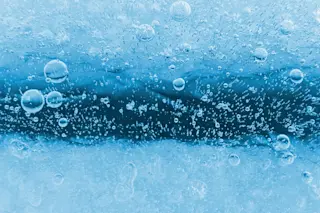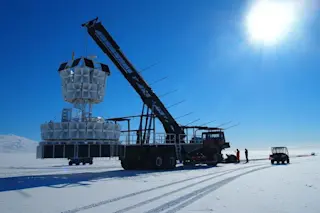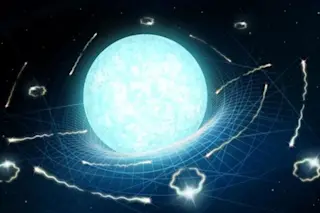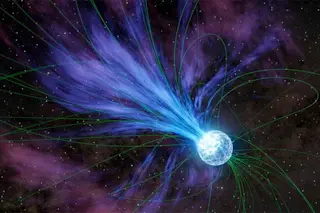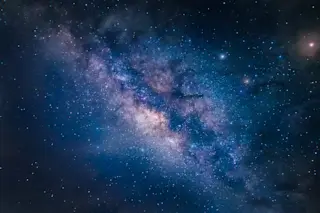Physics doesn't always look exciting. Smashing particles and detecting gravitational waves happen at scales too minuscule for us to observe, and even if we could, even earth-shattering discoveries often appear as just a spike in a graph, or an aberration in the data. Every so often, however, a physics experiment comes along that we actually can see, and sometimes those experiments are pretty darn cool. Take these videos from the Department of Energy's SLAC National Accelerator Laboratory, where an X-ray laser blasts apart water droplets like the Death Star obliterates planets.
X-ray lasers are super-fast pulses of light at short wavelengths — and by super fast, we mean a quadrillionth-of-a-second fast. Combined with ultra-high-speed cameras, X-ray lasers are used to study how atoms and molecules move at high speeds when subjected to intense forces. These atoms are often immersed in liquid in order to bring them in front of the ...



